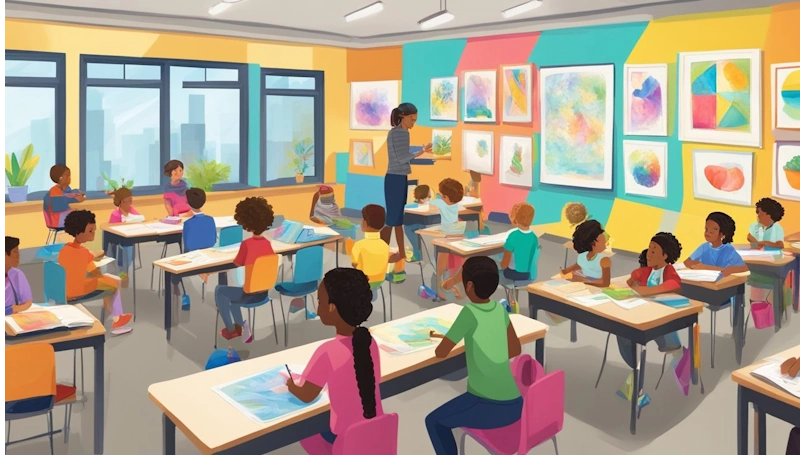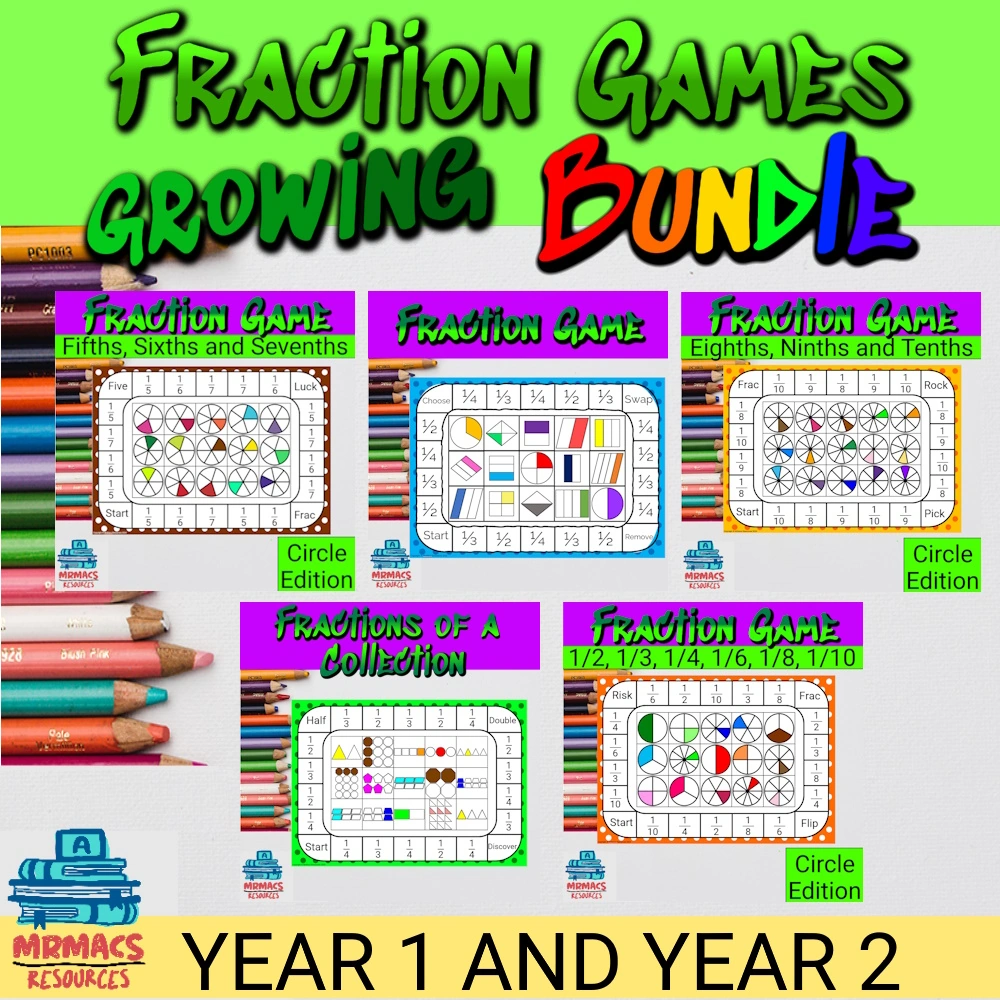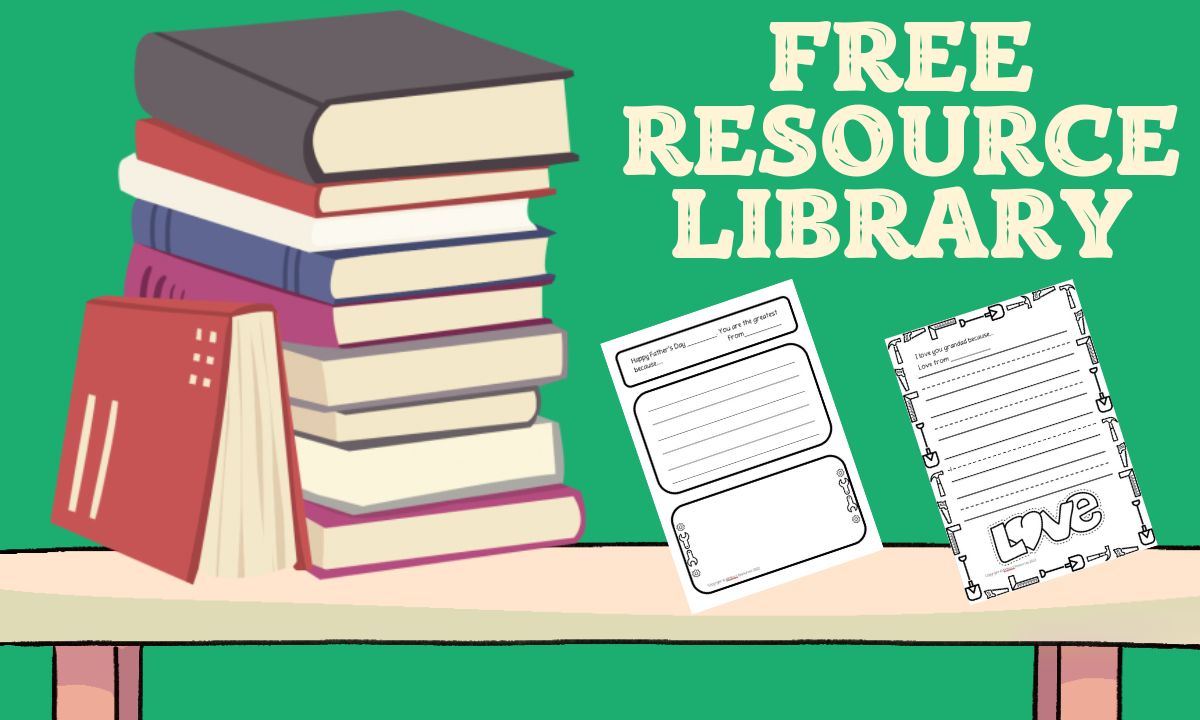
If you want your students to do well not just in school, but in life, art can play a big role in the classroom. Bringing art into lessons helps students think creatively, improve problem-solving skills, and express themselves in new ways. When you mix art with other subjects, you give everyone a chance to look at problems differently and find fresh solutions.
You might notice students become more interested and engaged when they get to draw, paint, or even act out ideas. Adding art can also help them feel more confident, make better decisions, and work better with others. Additionally, including art in the classroom doesn’t only make learning fun—it can help students understand tough ideas much better.
Enhancing Cognitive and Academic Development

Including art in your curriculum helps students in many ways. Learning through art can make it easier for students to think in new ways, solve problems, and express their ideas more clearly.
Boosting Creativity and Innovation
Art gives you the freedom to try out new ideas and experiment with materials. This helps you to see challenges from different points of view.
When you create art, you often make choices about colours, shapes, and tools. These choices build your creative thinking because you have to imagine what might work best.
Furthermore, art projects also let you take risks in a safe way. If something doesn’t turn out as planned, you can change direction and try again. This strengthens your ability to innovate and adapt, both in art and in other school subjects.
According to research, students who take part in arts activities show more originality and creative thinking in their work. Many teachers also find that creativity learned in art can transfer to other areas, like writing stories or designing science projects.
Art in the Classroom - Strengthening Problem-Solving and Critical Thinking Skills
When you engage in art, you need to plan, make decisions, and solve problems. For example, if you’re painting and you spill paint, you must figure out how to fix it so your project’s not ruined.
Furthermore, art teaches you to analyse situations and think one step ahead. You start to ask questions like “What can I do next?” or “How can I improve this?” These habits boost your critical thinking and decision-making skills.
You also learn to look closely at what you and others have made. By reflecting on your work, you become more thoughtful and better at giving useful feedback. Moreover, all of these skills are very useful in school projects, tests, and even in everyday life.
Supporting Cognitive Development and Reasoning
Incorporating art in the classroom supports how your brain develops, particularly when it comes to reasoning skills. You use memory, attention, and focus when you draw, paint, or build.
When you make art, you often have to follow steps and instructions, which helps strengthen your ability to think logically. For example, using a pattern or sequence in a design teaches you how to plan ahead and stick to a process.
Studies have shown that students involved in art do better on tasks that need concentration and memory. Ultimately, practising arts in education encourages you to link your emotions, thoughts, and actions, which can lead to better academic results in many subjects.
Art in the Classroom - Fostering Social and Emotional Growth
Including art in your classroom can have a big impact on students’ personal growth. Through creative work, you give them the chance to express feelings, connect with classmates, and build social and emotional skills that help them in everyday life.
Developing Self-Confidence Through Self-Expression
When students create art, they try new ideas and experiment with colours, shapes, and materials. This helps them take risks in a safe environment. Additionally, by showing their artwork or performing in front of others, they start to believe in their own abilities.
Step-by-step, small choices in projects add up. For instance, picking what to draw or deciding how to perform a scene lets students make decisions for themselves. This process helps boost self-confidence.
Over time, seeing their progress and receiving positive feedback from teachers or classmates encourages students to be proud of what they have made. Likewise, the more students practise sharing their thoughts and ideas in art, the stronger their sense of self becomes.
Improving Social Skills and Teamwork by Incorporating Art in the Classroom
In an art class, you often work with others. Group projects, such as murals or plays, mean students must listen, take turns, and share ideas. This teaches students how to cooperate and solve problems together.
As well as this, art also pushes you to respect others’ points of view. For example, seeing how a classmate paints something in a different way shows you there are many ways to look at the same idea. Respecting different opinions is an important skill that carries over into other parts of life.
Furthermore, stronger social skills do not only lead to better teamwork but also create a positive classroom atmosphere. You learn how to encourage others, handle mistakes, and celebrate group achievements together.
Nurturing Emotional Development and Wellbeing
Making art gives you a safe space to explore feelings that might be hard to talk about. Drawing, acting, or making music can help students work through worries, sadness, or excitement. This kind of self-reflection builds emotional awareness.
Teachers can use art as a gentle way to start conversations about emotions. For example, activities like painting what makes you happy or acting out a story help students understand their own feelings.
What’s more, creative expression also lowers stress and helps students relax. With fewer worries, students are better able to focus, learn, and feel connected in the classroom. This supports both emotional development and wellbeing, making school a more welcoming place for everyone.
Effective Classroom Strategies for Arts Integration
Art can build stronger memory skills, encourage creative expression, and help you develop better teamwork and problem-solving. Moreover, using art integration also improves your classroom climate by helping students feel more engaged and connected
Integrating the Arts Across the Curriculum
You can use arts integration by linking topics in maths, science, or history with visual arts, drama, or music. For example, students might draw a timeline for history or create songs about fractions in maths.
Teachers who include arts in daily learning help students understand challenging topics in new ways. This approach builds confidence and allows for multiple ways to show understanding.
Here are some common strategies:
- Collaborate with other teachers to plan cross-curricular lessons.
- Use drama or role-play to act out lessons.
- Encourage students to create posters, models, or small performances that reinforce the main ideas.
Moreover, these activities support creativity and give students different options for expressing what they know.
Art in the Classroom - Implementing Visual Arts and Art Projects
Bringing visual arts and regular art projects into lessons can help make abstract ideas more concrete. For instance, you might have students draw diagrams in science, paint to express emotions in English, or make collages about current events.
Frequent art projects let students practise skills like looking closely, sharing ideas, and revising their work. They feel more confident using different materials, like paint, chalk, paper, or found objects.
Here are some ways to include visual arts:
- Assign regular sketchbook work or classroom murals.
- Use group art projects to encourage teamwork and communication.
- Discuss artworks as a class to practise talking about colour, shape, and texture.
This practice is flexible and works with any classroom routine.
Exploring the Role of Art Materials and the Creative Process
The creative process is central in arts education. Giving students a range of art materials—such as watercolours, pencils, clay, or recycled items—lets them experiment and make choices about what works best for their projects.
You support creative thinking by leaving room for mistakes, revision, and open-ended results. Furthermore, encourage students to plan, try out new ideas, and reflect on what they learned after each project.
You might structure lessons to highlight these steps:
- Plan – brainstorm and sketch ideas.
- Create – use different materials to bring ideas to life.
- Reflect – discuss what worked, what was challenging, and what they would change next time.
Finally, by valuing the creative process, you help students develop problem-solving skills and enjoy the learning experience.
Conclusion
In conclusion, incorporating art into the classroom isn’t just an enhancement—it’s a powerful tool for unlocking student potential. From boosting creativity and critical thinking to improving academic performance, the proven benefits of integrating art into education are both far-reaching and deeply impactful.
As this blog has shown, art fosters a richer learning environment where students can express themselves, connect with others, and build confidence.
Moreover, by embracing the arts, teachers can nurture more well-rounded individuals who are not only knowledgeable but also imaginative, attentive, and prepared to face the complexities of the world.
What are your thoughts on bringing more art into the classroom—have you seen its impact firsthand?
About The Author

Hi! My name is Mr Mac. I am a K – 6 teacher. I love to create resources for teachers to make their teaching lives easier.



